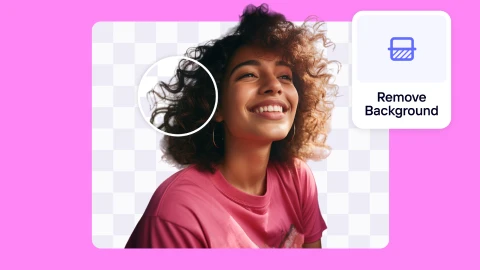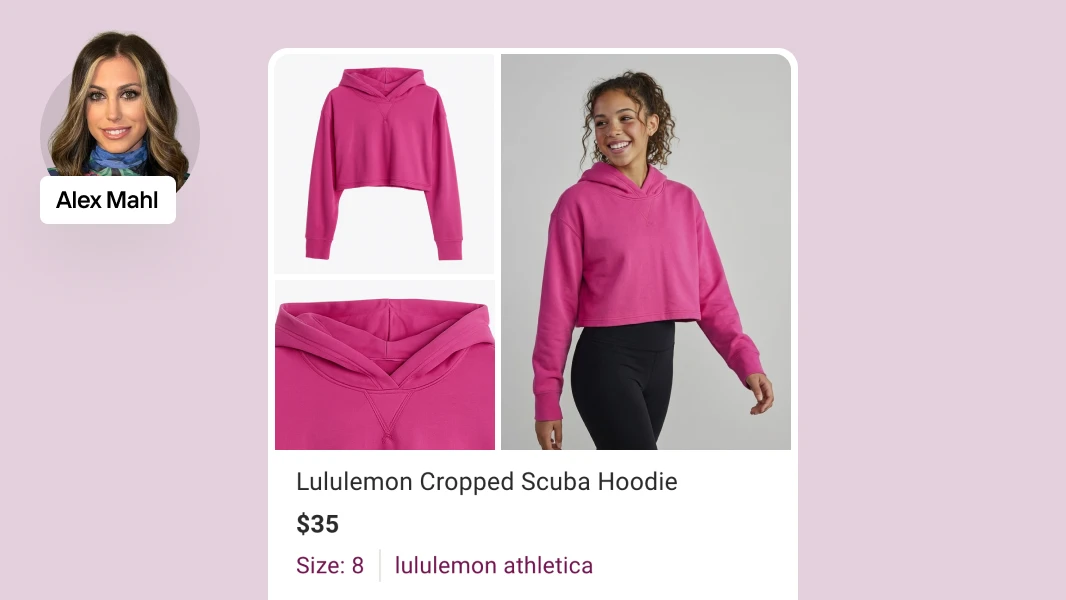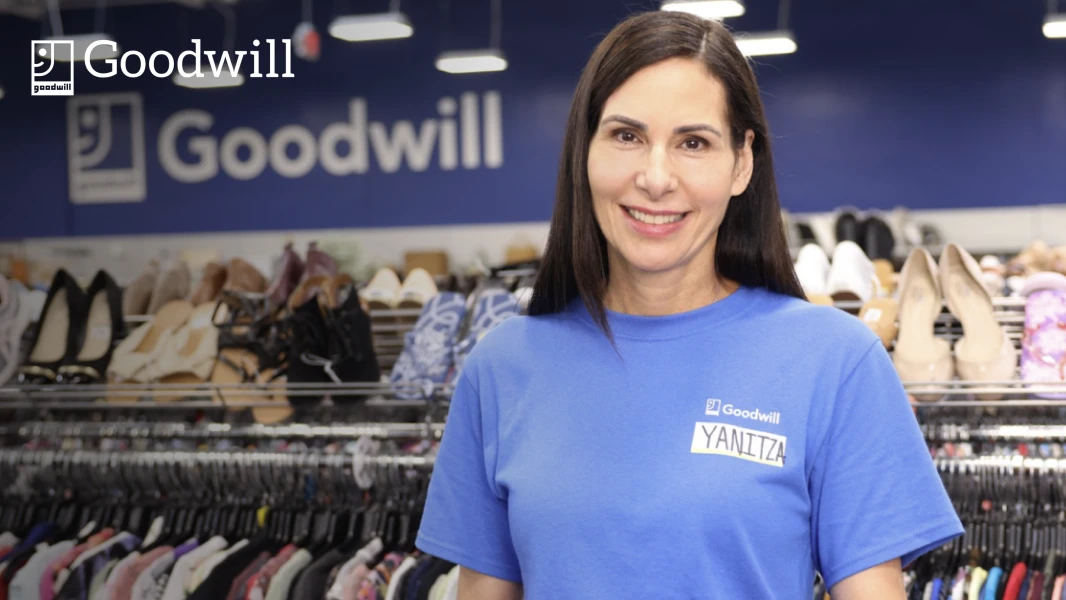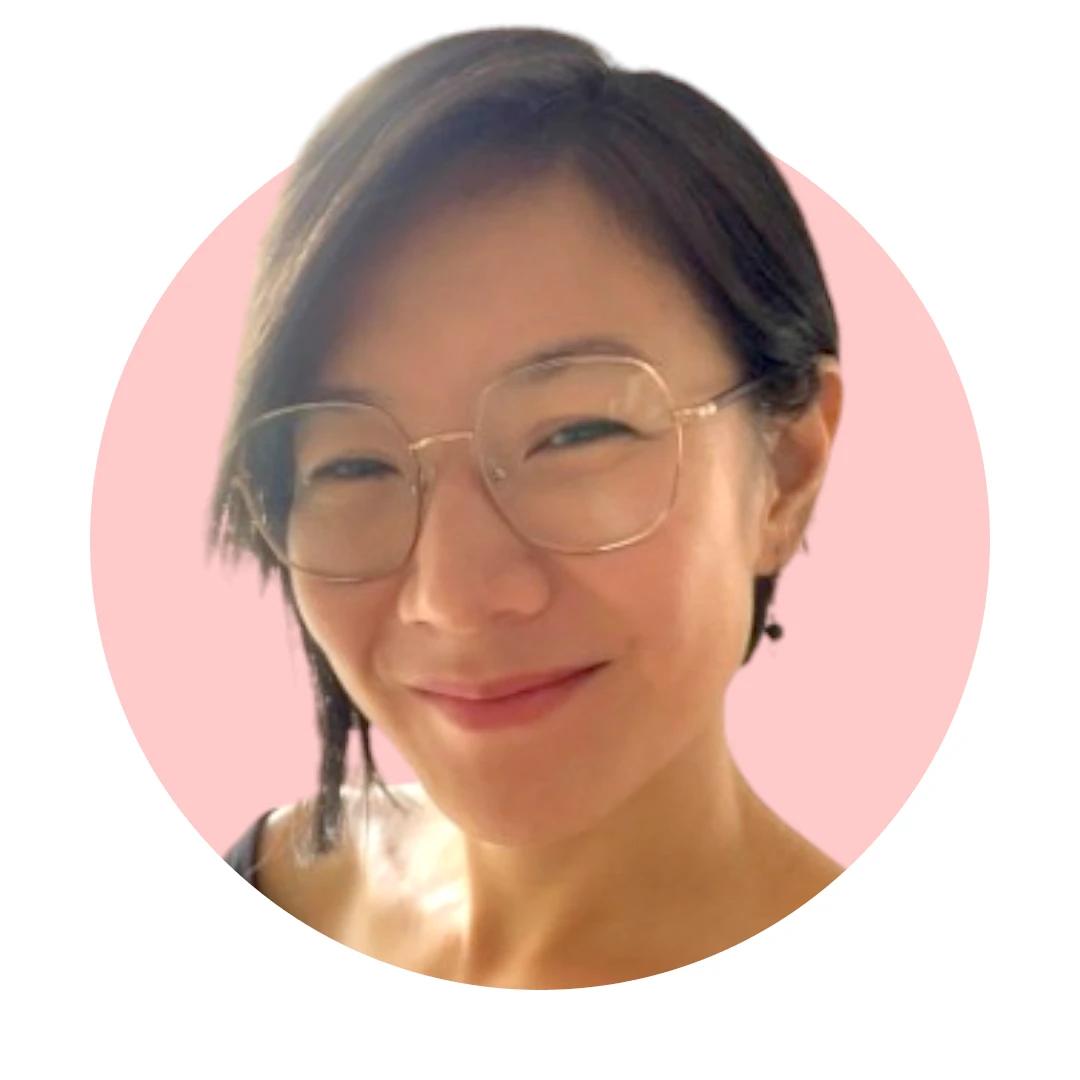How Valuence Japan cut 600 hours of editing time and increased time-to-market with Photoroom
Life before Photoroom
An offshore Business Process Outsourcing (BPO) team handled editing
Delays on weekends and holidays
Communication issues due to language gaps
Inconsistent photo quality
Higher costs with limited control
Life with Photoroom
Reduced image processing time from 800 hours to 200 hours monthly
Faster time-to-market and shorter lead times
Saved ¥12 million (~$80,000) a year in outsourcing costs
Automates background, margin, and shadow edits with batch processing
Consistent and high-quality image output
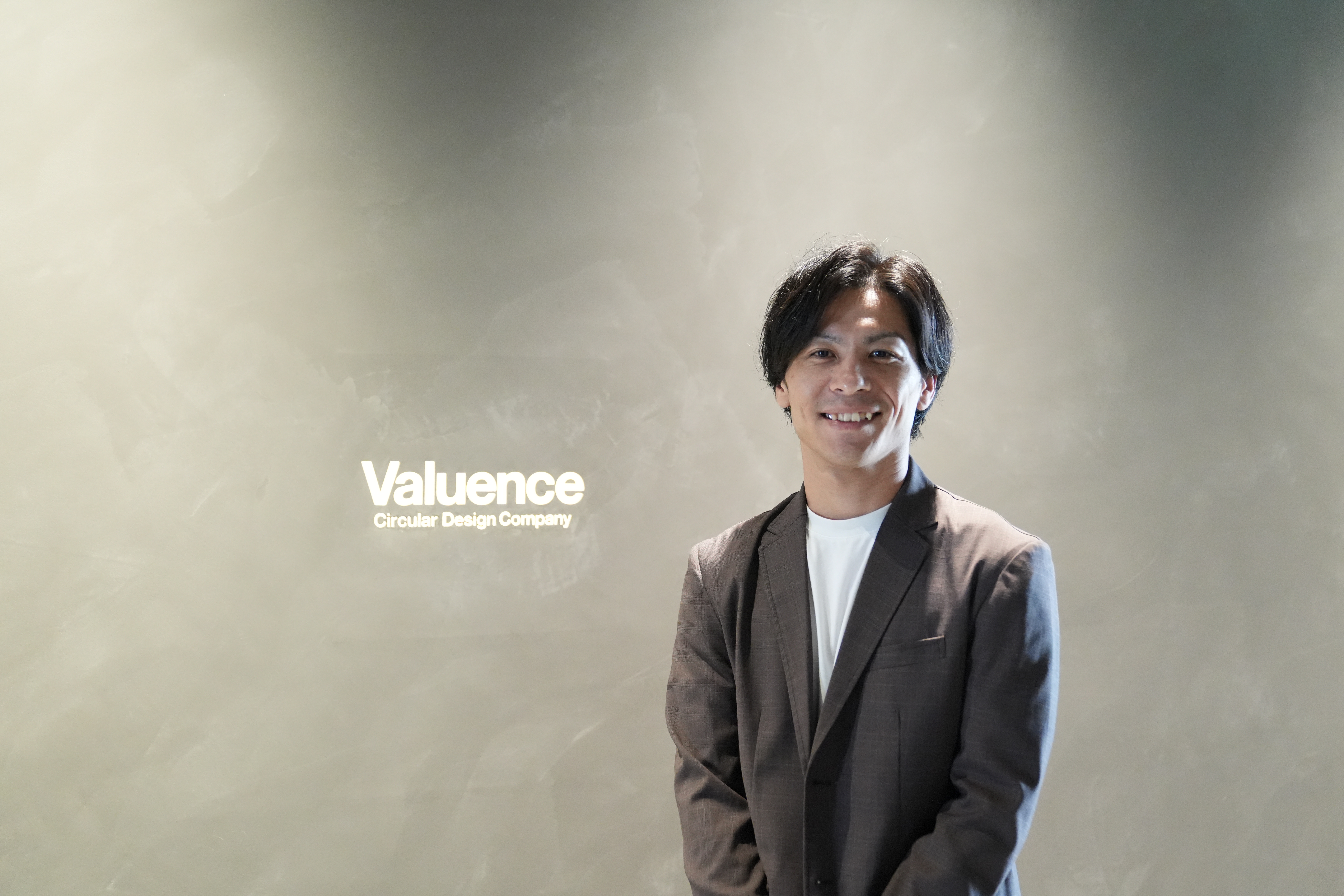
“Photoroom has significantly reduced cost for us while improving quality.”
— Takanori Hirai, Deputy General Manager, Product and Photography Section, Valuence Japan Inc.
In the heart of Tokyo's luxury retail district, Takanori Hirai faces a challenge that would make most product managers lose sleep. As deputy general manager of product management and head of photography section at Valuence Japan, he oversees the photography and presentation of 40,000 unique luxury items every month — each one a pristine Hermès bag, vintage Rolex, or rare piece of jewelry that demands perfection.
Unlike traditional retail where you photograph a product once and sell thousands of copies, the luxury resale business is uniquely demanding. Every single item that comes through Valuence Japan's doors is one-of-a-kind, requiring individual photography and meticulous image editing to meet the standards of discerning customers who expect the best when spending thousands on pre-owned luxury goods.
For years, this reality meant Takanori's team was caught in an expensive, frustrating cycle of overseas outsourcing that was bleeding both time and money while failing to deliver the consistent quality their business demanded.
When outsourcing becomes the bottleneck
Valuence Japan's image processing operation had become a logistical nightmare that was costing them far more than just money.
The company had been relying on a seven-person team in the Philippines—six operators and one supervisor—to handle the complex editing required for their product photos. What seemed like a cost-effective solution on paper had evolved into a persistent source of frustration and inefficiency across multiple fronts:
Communication barriers
"Communication had to be conducted in English, making it difficult to convey the nuances of specialized terminology," Takanori explains. When you're dealing with luxury goods where the difference between "gently used" and "excellent condition" can mean thousands of yen in value, easy communication is everything.
Quality inconsistencies
The overseas team opted for aesthetics that often clashed with Japanese standards. "Due to differences in photo quality standards between Japan and overseas teams, the final output often differed from the original requirements," Takanori recalls. High-contrast images were generally preferred overseas, which caused unwanted brightness issues and inconsistent quality.
Operational delays
Operations were limited to weekdays, creating 2-3 day delays in posting products to their e-commerce site whenever processing stopped during weekends and holidays. In the fast-moving luxury resale market, delays like this meant potential sales slipping away to competitors.
Rising costs
While labor costs were approximately two-thirds of domestic rates, expenses for all seven staff members were accumulating month after month, with the team requiring 800 hours monthly to process just the bag category of 24,000 images from 12,000 individual items.
"We knew something had to change," Takanori reflects. "We needed a solution that could give us better quality, faster turnaround, and actually reduce our costs instead of just shifting them around."
The solution? Automation with AI
When Takanori started searching online for AI-powered image editing tools, he wasn't just looking for software. He was looking for a visual partner that could transform multiple aspects of Valuence Japan’s operations.
The evaluation process was methodical. Three services made the initial cut, but the real showdown came down to two finalists.
"The key factor in selecting Photoroom was the superior quality of its shadow rendering. While both Photoroom and the alternative offered comparable cutout accuracy, Photoroom's shadows appeared more natural and better suited for product images."
— Takanori Hirai, Deputy General Manager, Product and Photography Section, Valuence Japan Inc.
This wasn't a decision made lightly. The Photoroom API was slightly more expensive than the alternative, but Takanori and his team made the strategic choice to prioritize quality over cost savings after taking time to compare editing APIs, a move that has paid off in more ways than one.
After a short, three-month trial period, Takanori decided to switch fully to Photoroom. The goal was to bring editing in-house, streamline operations, and get more control without creating extra work for the team.
Valuence Japan now operates with a smooth, scalable system
The team processes 24,000 product photos each month with Photoroom, specifically for luxury handbags which account for about 12,000 unique items.
Their new process includes:
Capturing products: 30–40 photographers take 40,000 product photos monthly.
Preparing images: The team uploads 24,000 of these images into a product management system and retouchers download them for processing.
Batch-editing images: They then edit the photos in batches using a Google Drive script integration built around Photoroom. This allows them to:
Unify backgrounds: Every product gets a clean, white background for consistency across listings.
Adjust margins: A fixed 10% margin is applied so that framing stays uniform.
Add realistic shadows: Photoroom renders studio-quality shadows automatically, which is a key visual detail for luxury goods.
After processing, they simply re-upload the images to their original system before listing the items.
“Although automating photography is difficult, Photoroom allows for easy quality enhancement even with iPhone-level photography, which now offers sufficient image quality.”
— Takanori Hirai, Deputy General Manager, Product and Photography Section, Valuence Japan Inc.
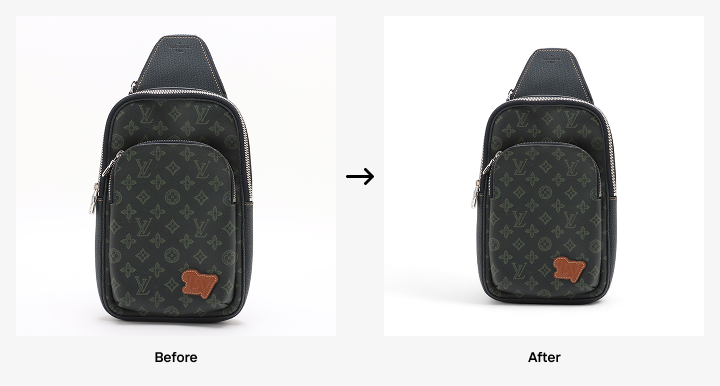
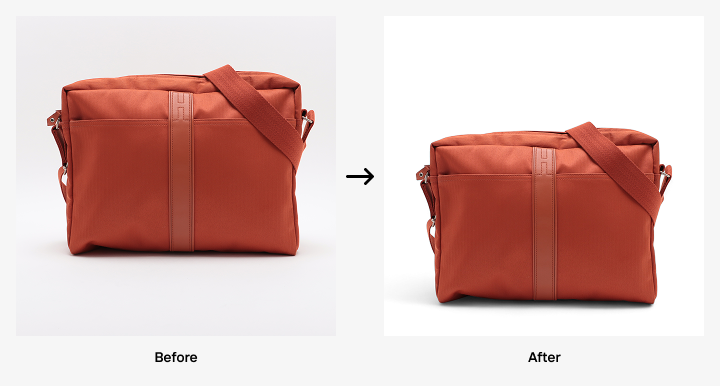
Results that speak luxuriously for themselves
Since switching to Photoroom, Valuence Japan has:
Slashed editing time by 75%, from 800 hours to 200 hours monthly.
Saved about ¥12 million a year in outsourcing costs.
Shortened lead times as image editing now happens daily, with no bottlenecks during the weekends and holidays.
Gained faster time-to-market for new inventory.
Improved quality standards as in-house staff now performs quality control.
These operational benefits also extend to better management. "We've reduced outsourcing management and communication costs," shares Takanori. The team now focuses on core business activities rather than spending time coordinating with overseas teams and managing quality issues.
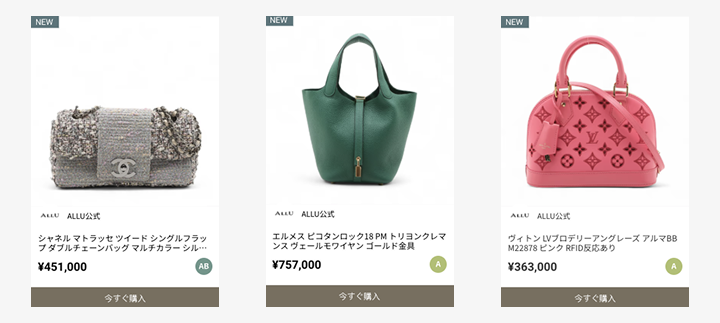
Valuence has more plans with Photoroom
With capacity to spare in their Photoroom subscription, the Valuence Japan team plans to roll Photoroom out to its jewelry and accessory lines—categories where fine visual detail matters just as much. The team is also exploring how to extend the life of every edited image by repurposing them for social media and advertising.
For now, Photoroom continues to serve as an extension of Valuence Japan’s high standards, helping them scale luxury resale.
"It’s useful having a single tool that handles the entire retouching process. Photoroom has significantly reduced cost for us while improving quality. This is the kind of solution that’s well-suited for companies selling through e-commerce platforms, handling a certain volume of products, and aiming for high image quality.”
— Takanori Hirai, Deputy General Manager, Product and Photography Section, Valuence Japan Inc.

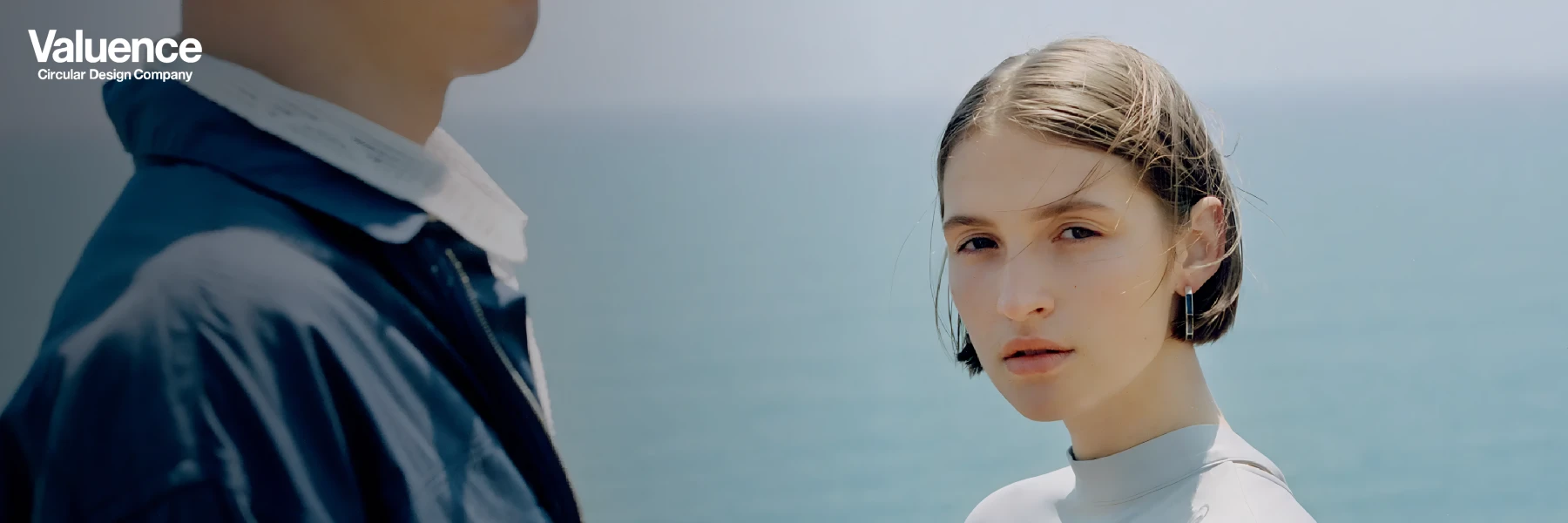


Design your next great image
Whether you're selling, promoting, or posting, bring your idea to life with a design that stands out.
